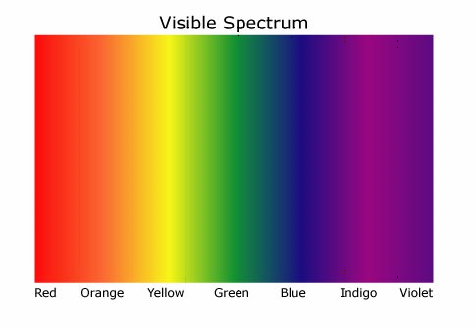

The factor in large parentheses is called the RydbergĬonstant R ∞, where the subscript refers to the limit of The electronic energy change Δ E going from level ( n + Δ n ) to level n is equal to the energy h ν of the emitted photon: Potential ( V) energies of the electron in the nth circular orbit:Į n = T + V = - T = V / 2 = - e 2 2 a n = - e 2 ( m e e 2 2 n 2 ℏ 2 ) = - ( m e e 4 2 ℏ 2 ) 1 n 2. The total electronic energy E n is the sum of the kinetic ( T) and Times larger than ordinary hydrogen atoms in the n = 1 ground So radio-emitting hydrogen atoms with n ∼ 100 are ∼ 10 4 Hydrogen atom in the ISM can be remarkably large: 2 a 100 ≈ 10 - 4 cm = 1 μm, which is bigger than most viruses! Figure 7.1: The radius of the nth Bohr orbit is proportional to n 2, The diameter of a highly excited ( n ≈ 100) radio-emitting The Bohr radius of a hydrogen atom in its ground electronic Numerically, the Bohr radius of a hydrogen atom whose electron is in To eliminate v and solve for a n in terms of n and physical The relation between a n and v is determined by theīalance of Coulomb and centrifugal forces on electrons in circular Implies that the orbital angular momentum L = m e v a n = n ℏ is an integer multiple of the reduced Planck’sĬonstant ℏ ≡ h / ( 2 π ). Where the number n is called the principal quantumĪ n = n h 2 π m e v = n ℏ m e v Orbits whose circumferences equal an integer number n of wavelengthsĬorrespond to standing waves and are permitted. Where p is the electron’s momentum and v is its speed. The wave functions of the electrons have De Broglie wavelengths M e, so the nucleus is nearly at rest in the center-of-massįrame. M is always much greater than the sum of the electron masses Which one or more electrons move in circular orbits. Molecules can be derived from fairly simple applications of quantumĬontains a nucleus of protons and neutrons around Fortunately, the fundamentalĬharacteristics of radio spectral lines from interstellar atoms and Wavelengths where h ν ≪ k T, is stimulated emission Quantum effect important to spectral lines, particularly at radio Resulting from transitions between discrete energy states. Of the total energy, so spectral lines have definite frequencies Time-independent Schrödinger equation exist only for discrete values Although h has dimensions ofĮnergy ×time, physically acceptable solutions (the waveįunctions and their derivatives must be finite and continuous) to the Planck’s constant h ≈ 6.62607 × 10 - 27 erg s in these two equations is a quantum of Its circumference must equal an integer number of An electron’s stable orbitĪbout the nucleus of an atom shares a property with standing waves: Unlike idealized particles, real particles of momentum p areĪssociated with waves whose De Broglie wavelength is λ = h / p. Quantized into photons whose energy is proportional to frequency: E = h ν. Unlike idealized waves, real radio waves do not have aĬontinuum of possible energies. Waves (e.g., radio waves) and others are nearly particles (e.g.,Įlectrons), but all share characteristics of both particles and Geometry they don’t exist in the real world.

Classical particles and waves are idealizedĬoncepts like infinitesimal points or perfectly straight lines in Spectral-line emission and absorption are intrinsically quantum


 0 kommentar(er)
0 kommentar(er)
